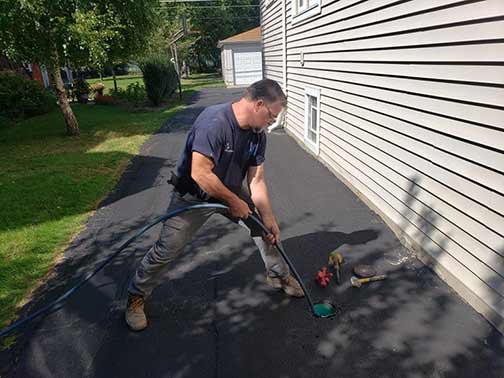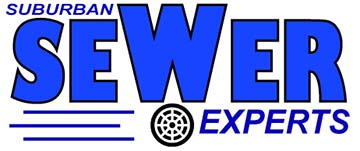
Are you looking to hydrojet your drain lines and sewer pipe? Congratulations on making one of the best maintenance choices for your plumbing systems. Drains that are cleaned regularly not only perform better than their counterparts, but they also last longer, says Abacus Avenue Property Management.
Also, by choosing hydro jetting as your preferred drain-cleaning method, you have gone one step further. Hydro jetting is the only drain-cleaning method that will dislodge the debris inside your drainpipes and flush the trash out of the system.
Other drain-cleaning methods don’t do this. If they dislodge the blockage inside the line, the rubbish is left there. In time, that debris may impede the flow of water inside your drain line, eventually resulting in new clogs and blockages.
Hydro jetting does not do this. The same mechanism used to clear debris (sludge, grease, tree roots, or even limescale) from your pipes is also used to flush that debris out of the system completely. This ensures an optimal flow inside your drainpipes.
What should you expect when hydro jetting your drain pipes and sewer line?
What to expect when hydro jetting your drains
The machine used in hydro jetting is called a hydro jetter. It uses high-pressure water to blast through the blockage inside a drainage pipe while washing the loosened debris out of the line. A hydro jet machine is made up of four main components.
- A run-dry pump for creating the water pressure used to clear the line
- An accompanying water tank that stores the water used in the operation
- A flexible sewer hose is used to funnel water from the pump into the pipe
- A stainless steel nozzle to blast pressurized water into the pipe channel
Hydro jetting uses the combination of water pressure and volume to clear out the debris inside your drain lines. For standard operations, the water pressure can range from 4,000 psi to as high as 35,000 psi. For context, the water will be traveling at more than 400 miles per hour.
To hydro jet a blocked drain, here is a detailed breakdown of the process:
When the plumber or technician arrives at your home, they will identify a suitable access point to insert the hose into the drainage system. Typically, this will be an outside cleanout. Using the access point, they will determine if they need to clear the line before inspecting it.
If it is possible to inspect the line, the plumber uses a sewer camera to assess the pipes. This is a high-resolution waterproof camera mounted on a flexible cable. The camera captures detailed images of the pipe channel and transmits them to an above-ground monitor.
Based on the information from the camera, your plumber will determine the cause and location of the blockage, plus the physical condition of your pipes. With this information, they can decide if the pipes can withstand hydro jetting and the right strategy to use.
If your pipes can withstand the pressure of hydro jetting, the plumber selects the correct hose and nozzle based on their size and the kind of debris inside them. The number of jets on a nozzle and their location, plus the nozzle’s rotational ability, determine its power.
The operator then inserts the hose into the pipe until it is a few feet inside. Alternatively, they will manually push the hose into the pipe until it reaches the location of the blockage, as marked by the camera. After this, the camera is withdrawn from the line.
The pump is powered up and a stream of high-pressure water is released into the pipes. Because of its backward-facing jets and rotating motion, the nozzle drives forward into the pipe. This allows it to push into the drainpipe without help from the operator.
The combination of water volume and high pressure allows the nozzle to scour pipe walls to dislodge debris. High water pressure also helps with stubborn debris like grease, sludge, and limescale. Hydro jetting is powerful enough to shear away tree roots.
Lastly, once the operator believes the line is cleared, he will inspect it again to ensure no debris is left inside the pipes. If he is dissatisfied with the results, the operation is repeated until he gets the desired outcome.
What do you need to know before hiring a plumber to hydro jet your drains? You need to be sure of the plumber’s ability to deliver lasting results while also protecting the integrity of your drainage system. This means your chosen plumber must have an established track record.
It shouldn’t be hard to verify the reputation of any plumber you plan to work with. Any plumber worth his name will be happy to answer all your questions. They should also be willing to let you speak to some of their past customers in your locality.
—
In need of a hydro jetting service in the Chicagoland area? Contact us today at 224-335-8479 or by form below!

